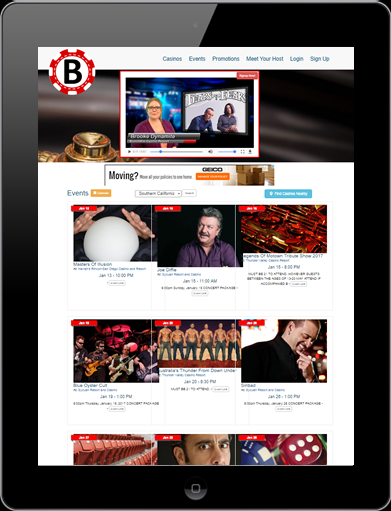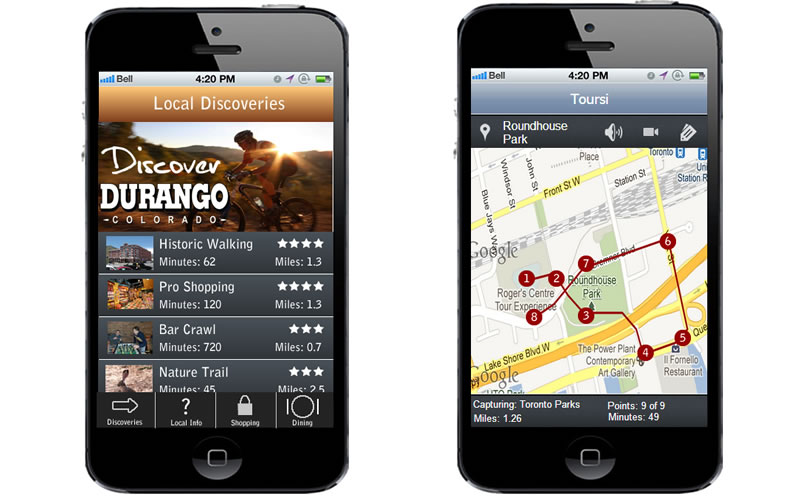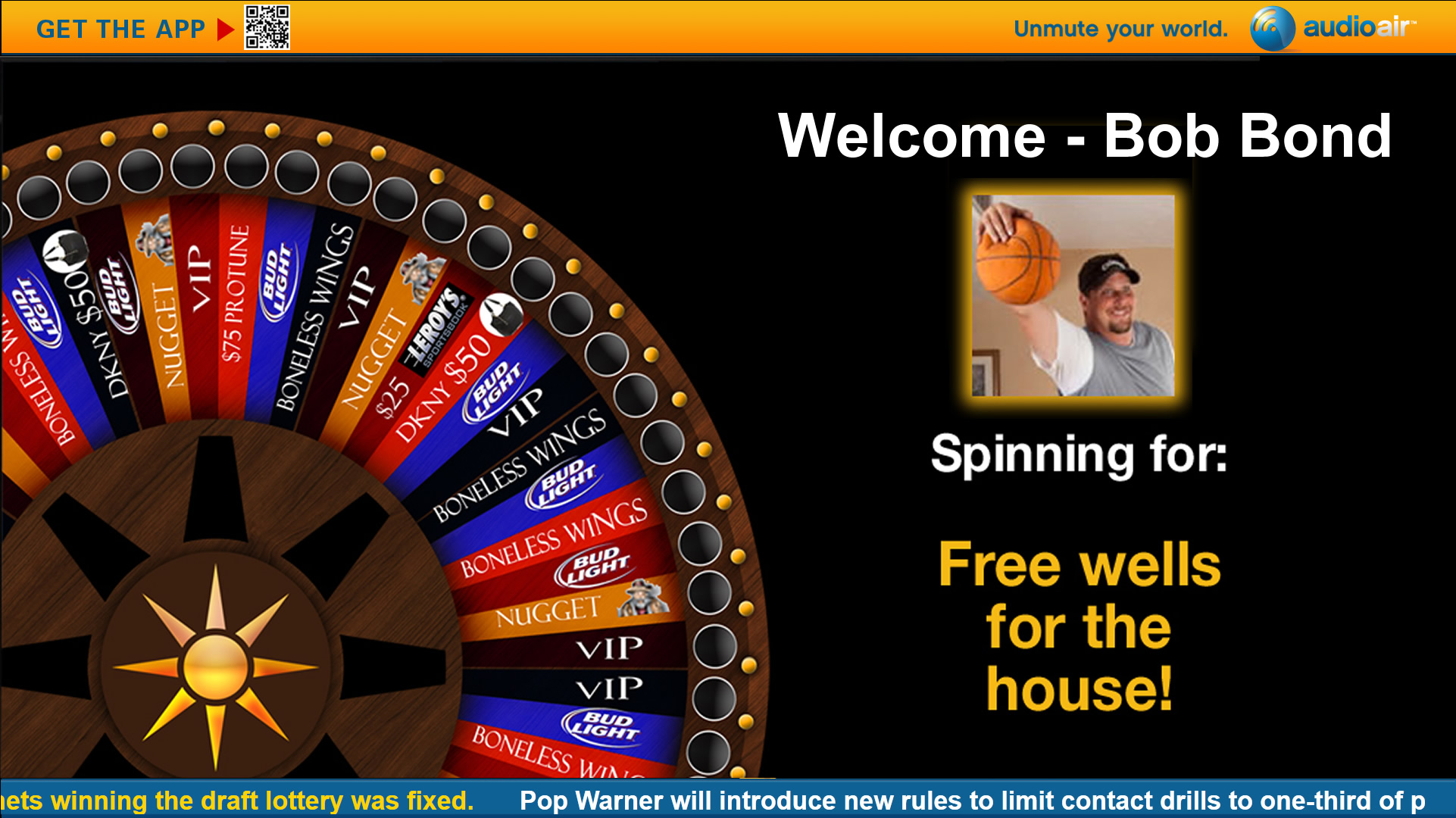METHOD
Minimum Viable Products help entrepreneurs prove the viability of their product ideas without spending the time and money for a complete development.
A working MVP provides:
- Valuable information about customer desire
- An opportunity to tune your pricing
- Huge advantage in raising capital
E7 Systems has built dozens of MVPs for startup clients saving time and money as they build better businesses.
For help in quickly and economically testing your ideas in the marketplace, contact us (or read on).
Officially, minimum viable products are the smallest features within your overall product that can be released to the public and deliver on your unique selling proposition.
Ideally, customers or users of your minimum viable product will exchange either money or something of value including their time to use the minimum viable product, thus proving your product’s value and viability in the marketplace.
E7 Systems has worked with over 25 startup customers. In each case the founders were looking to create something entirely new, and their funds and time for discovery were limited. Our existing code base and knowledge of web services enabled low cost MVPs.
These MVPs delivered real world proof of concept as our customers completed their business model design. These MVPs also enabled our customers to raise significant capital to pursue their business plans.
Startups and the Scientific Method
It is understood that a minimum viable product is not your final product. It is an experiment.
Like a scientist, the lean business practitioner uses experimentation to prove or disprove hypotheses around their business model.
The lean business practitioner uses the experiment to focus the energies of the startup on development and promotion that will secure their success.
More broadly, a minimum viable product can be any experiment that you use to prove your guesses about the marketplace and eventually your customer’s behavior.
Also called alpha releases, a minimum viable product can be anything from a paper prototype with the survey attached to a fully functional system created from glued together components.
The simplest MVPs are very fast and easy to execute. You can learn a lot from even just a paper prototype. However a paper prototype cannot prove your viability in the marketplace the same way that a concierge web site will do.
With all MVPs and lean business experiments there are a set of guidelines that you should follow to ensure maximum value from your efforts and to minimize the risk of ambiguous or misleading conclusions.
- Test one hypothesis at a time
- Decide on your goals for a validated hypothesis before you begin the experiment
- Do not experiment on your mom, family or friends
- Do not tell your subjects what you are testing
- If you nearly miss your goals, fine tune your MVP
- If you miss by a mile, pivot (make an educated gross adjustment)
- Reevaluate your hypothesis and improve your business model.
Types of MVPs
Paper prototype. The paper prototype is the MVP for the entrepreneur who just can’t wait to create. It is relatively cheap to simply draw up some screens on paper or using one of the many excellent prototyping tools. Find yourself a willing subject, hopefully 10 subjects, and walk through your user flow. Paper prototypes are generally unscientific and will provide you with no quantitative data. However you will be repaid with discoveries as you look at your problem in greater detail. You will also no doubt make qualitative discoveries in talking with other people about your idea
Survey MVPs
Surveys are non-product MVPs. The survey is an experiement that is extremely inexpensive to conduct.
In developing a valuable survey try to focus on questions that ask potential users about what they have actually done in the past:
- Have they realized the need for your product?
- Have they ever shopped for a solution?
- Are they currently using and or paying for a competing solution?
Do not ask if they think they would use your product. Asking users to make guesses about their future behavior answers your hypothesis with another weaker hypothesis.
If you must, only tell your subjects what you are building at the end of the survey. Otherwise you will find subjects are willing to please you at the expense of giving you valuable data.
Pitch Deck MVPs
A pitch deck is a paper prototype of your product and business model intended for an audience of investors.
Many venture capitalists publish templates for the pitch decks they wish to see. Start with and stick to one of these.
I classify a pitch deck has an MVP because it is an experiment which will provide you with an extremely valuable quantitative metric. The amount of money an investor is willing to put into your idea is an excellent validation of the overall idea and your preparation and business model development.
Landing Page MVPs
Landing page MVPs are the first real-world element of your product. Your MVP landing page may still be useful when you release a functioning product.
Eric Reis has an excellent story of building his startup product and then creating a landing page with which to sell it. He got zero orders. Had he simply started with the landing page, he could’ve quickly determined that his business model assumptions were flawed.
There are many excellent references on the science of creating an effective landing page. Anyone can create a landing page without significant investment in graphics or web design. Be sure your landing page has a compelling description of your product and (BUY NOW) button.
It doesn’t matter if you are ready to ship your project yet.
Using Google Adwords, $100 can get you 100 visitors to your page.
Simply count the number of persons out of 100 visitors that click (BUY NOW). You now have quantitative data about the number of interested prospects that will actually take action on your selling proposition.
You can also divide 100 by this number and you will have a good estimate of your cost of acquiring a single customer.
Concierge and Wizard of Oz MVPs
With a concierge MVP you actually have a real product. To save time and money you skip all the effort of creating any automated infrastructure for delivering your product. You will personally deliver the product benefits, and in the process learn about what your customers will pay for and how much they will pay.
The concierge MVP gives you an extremely accurate vision of your sales channels. It also gives you time to work out your process of fulfillment. Additionally your very first customers will be thrilled with your personal service. The time you put into delivering your service gives you the very best possible experience and exposure to your customers’ motivations and behaviors.
Unfortunately, the concierge MVP is not scalable as a business model. When you get beyond just a few customers you will find that you must begin to invest in infrastructure to deliver your service to the larger market.
The Wizard of Oz MVP is very much like a concierge MVP except that the manual components are hidden from customer view. The customer experience is less about concierge interaction and more realistically a simulation of the customer experience you will have when your business scales to a larger market.
Kickstarter MVPs
A kickstarter MVP is the next step up from a landing page MVP. The difference is you have the opportunity to collect a great deal of money.
You must also publish a plan for how you will spend that money and specifically deliver on your kickstarter campaign premiums. In other words you may have to deliver real product.
A kickstarter MVP will also give you quantitative data on how many people are willing to take action on your sales proposition.
A kickstarter MVP should not be entered into casually. To be successful, kickstarter campaigns must be well thought out, must include compelling premiums and require almost as much promotion as a regular product launch.
For a very small percentage of kickstarter projects, the kickstarter campaign is the project launch. The campaign can generate enough interest to launch and fund the company.
Mashup MVPs
The Mashup MVP can be a quick way to deliver one or more features of your product vision to the marketplace.
By combining existing web services to solve your customers’ problems, you can speed your time-to-market.
For reasons such as cost, ownership of data, and speed of development, as you scale your business you may wish to replace the mashed up components of your MVP with proprietary software.
Lean business development has provided us with a number of tools for eliminating waste in the creation of new software products and enterprises. Even throwaway MVPs can save startup companies millions of dollars in developing, promoting and scaling the wrong products and business models.
Life’s too short to build something nobody wants

Born2Win.club is an MVP for testing assumptions for casino marketing and development of the next generation of Casino Player’s Clubs.

Toursi App MVP demonstrated GIS capture technologies integrated with mobile’s other common inputs, voice, video and photography. Walking tours are captured and shared.

Rapidly developed (1 Month) and demonstrated at Global Gaming Expo, The Winner Planet Casino Loyalty App MVP innovated many new features in Casino to Customer communications.

Some digital signage features were first proposed via Pitch Deck MVP.
